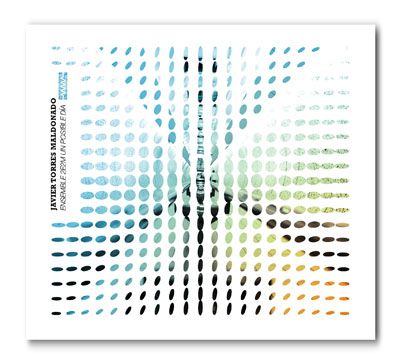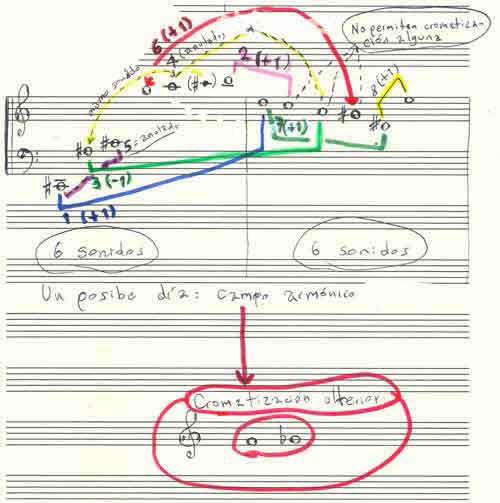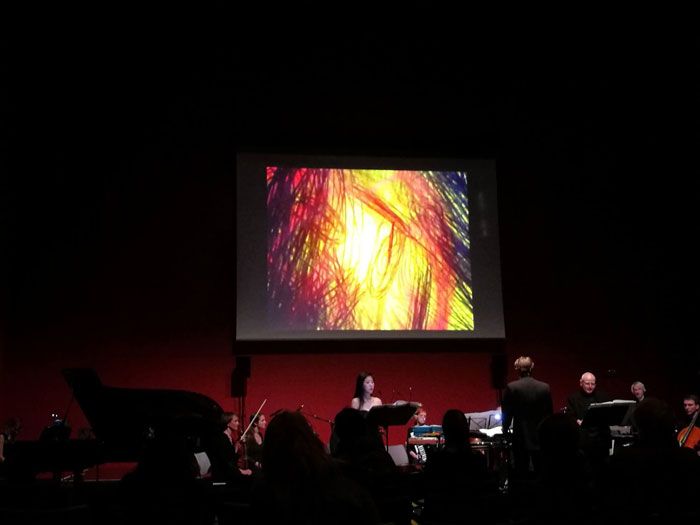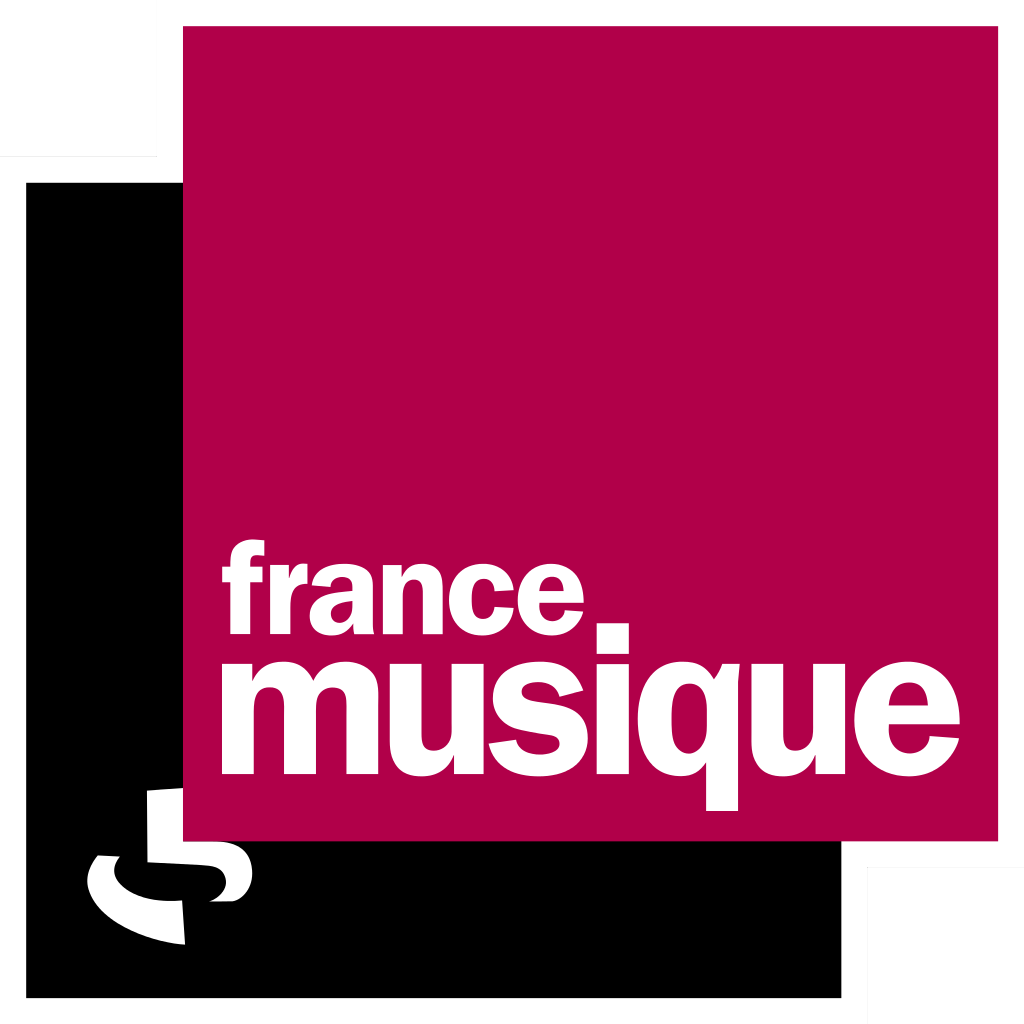CD UN POSIBLE DÍA
JAVIER TORRES MALDONADO: UN POSIBLE DIA, quasi un radio dramma (2010-2011)
for soprano, actor, ensemble, electronics and video.
for soprano, actor, ensemble, electronics and video.
ALAMUSE
ALM 002
Co-produced by the Ensemble 2e2m, the Parisian National Center for Music Creation and new technologies “La Muse en Circuit” and FONCA/CONACULTA, Mexico.
Texts by Ana C. de Carvalho and J. M. Recillas.

Performers:
Maja Pavlovska (soprano), David Jisse, actor, ENSEMBLE 2E2M, Pierre Roullier (conductor), technique: La Muse en Circuit. Live recording, Festival Extension, Théâtre de Villejuif, FRANCE, 20.05.2011.
A page about this work is under construction...
Arte e Fisica del Suono
Javier Torres Maldonado published "Relazioni pluridimensionali fra suono, scrittura strumentale, orchestrazione automatica e composizione elettroacustica in un posible día, quasi un radiodramma",
an article about the application of Computer Asissted Orchestration techniques in this work. This paper is published in the book "Arte e Fisica del Suono", it includes essays by John Chowning, Paolo Allia, Davide Bonsi, Anna Dondi and Cesare Beltrami. LINK.



